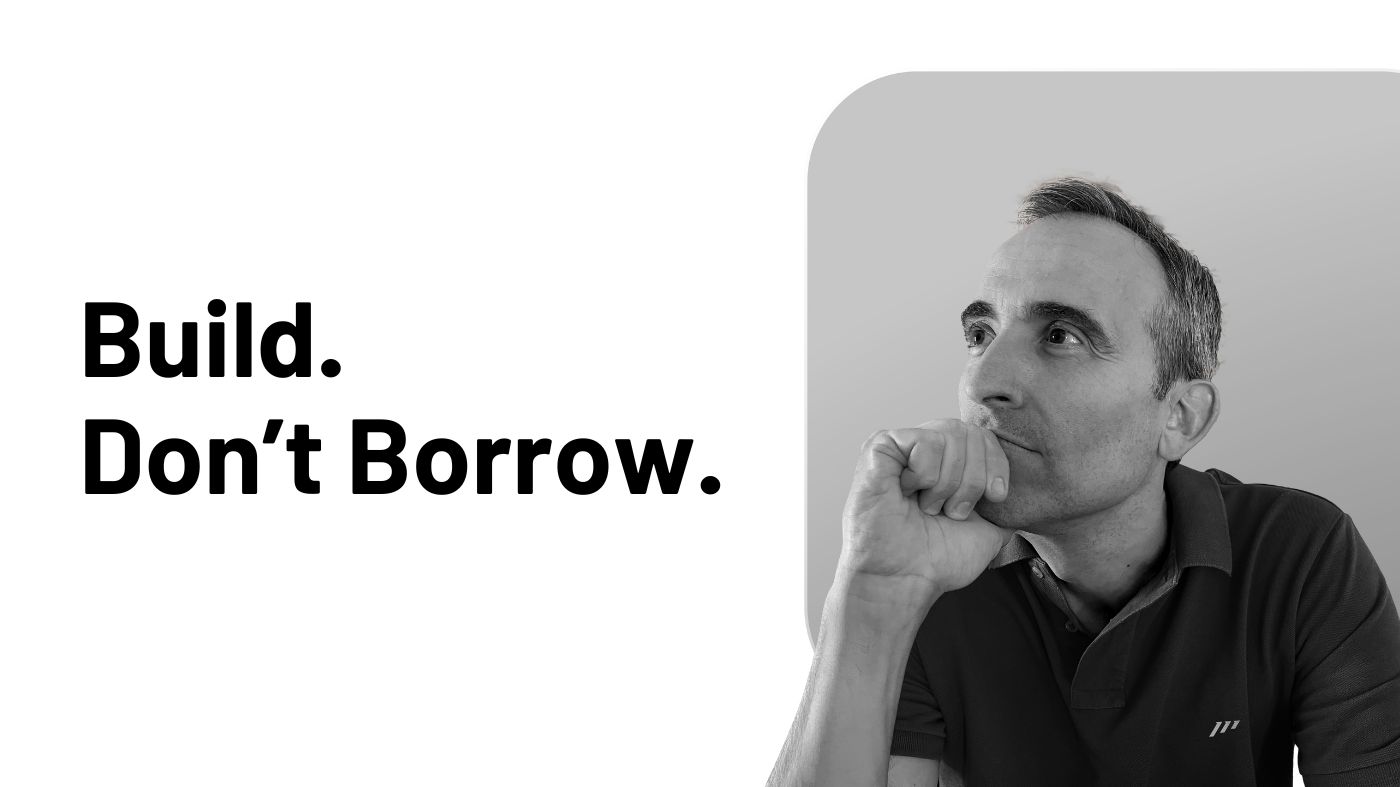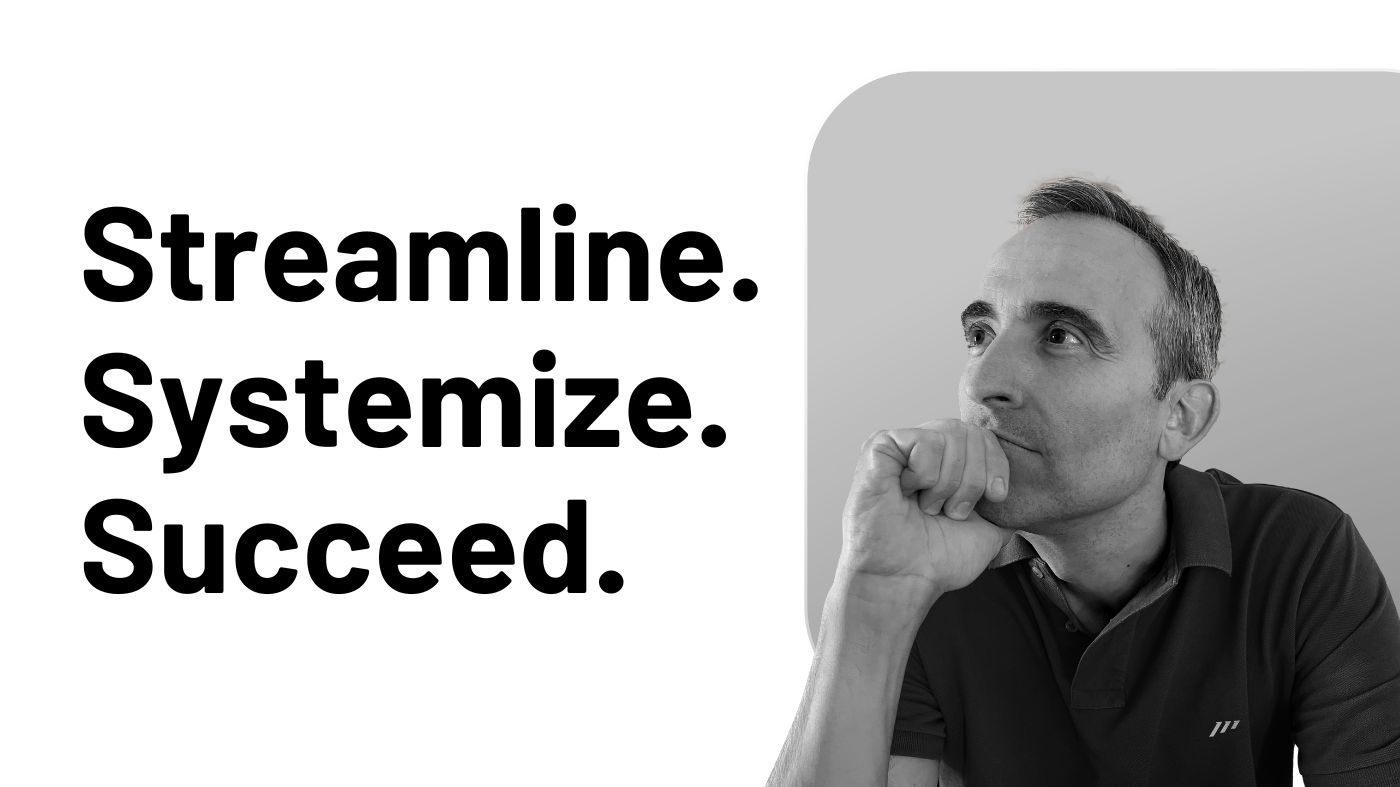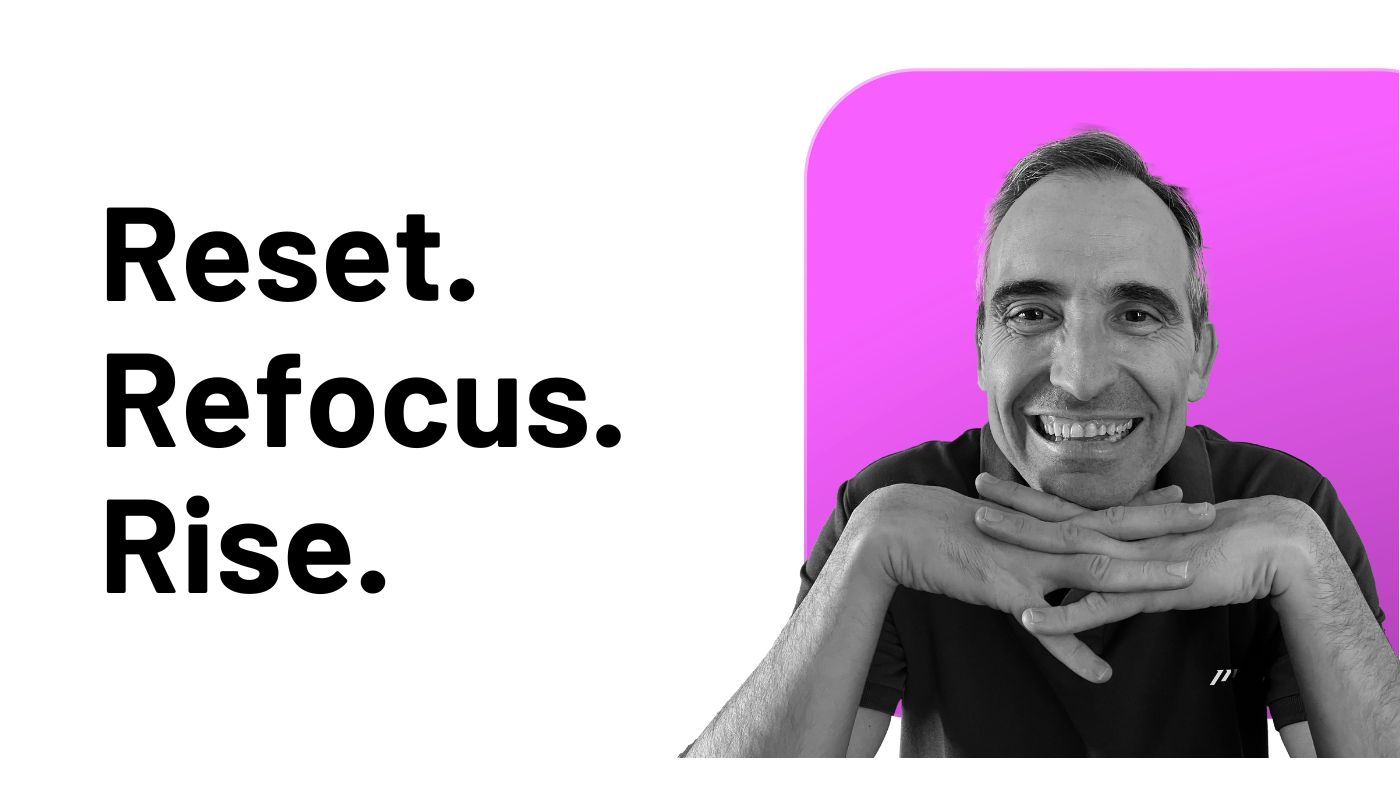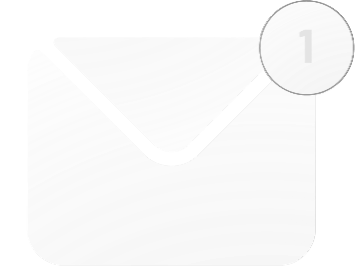Many people believe storing everything in one place makes it easier to search and retrieve later on.
At first, it may sound intuitive and pure common sense. “One” seems to be easier than “many” or even “a lot”.
Maybe that approach works for some. Not for me. Not for the team Paperless Movement®.
If you want to create your own productivity system, it’s time to start thinking differently. That’s where we come in.
We’re here to help you build the system you truly need, want, and deserve.
In this article, I’ll share a radically different approach to Task Management and Project Management that will challenge your current thinking and help you develop a much better system to make you more productive.
So, let’s dive in!
The Traditional Approach
The traditional project and task management approach involves using a single tool to store all relevant actions.
This includes big projects, strategic tasks, personal tasks, and simple to-dos items.
However, this “one-system-for-all” approach is problematic and has never worked for me. Centralizing everything in a single place creates a monster that’s difficult to manage.
We often overestimate our brains’ capacity to handle large amounts of information, which is why simplicity is key to achieving clarity, speed, and high performance.
Attempting to feed the beast by storing everything in one place has several negative consequences:
- Your project manager becomes cluttered.
- You lose sight of your main priorities.
- You’re forced to manage hundreds of items, making it easy to lose yourself in the chaos.
Your brain, like mine, is simply not prepared for this kind of overload.
Therefore, it’s crucial to adopt a more streamlined approach to Project and Task Management that prioritizes simplicity and clarity over complexity and clutter.
The Risk You Face with the Traditional Approach
Spending too much time managing and organizing hundreds of items can leave you with little time to execute all your stuff.
But fear not, I’m here to share three hacks to help you do the opposite.
By splitting your tasks and storing them in different tools, you can design and implement a productivity system that brings clarity to your work.
The direct benefits of this approach are numerous:
- None of your tools will become cluttered.
- You won’t need to move hundreds of items. Instead, you’ll only need to deal with 6–8 items at a time.
- You can gain clarity and speed, saving time to execute tasks rather than organize them.
Remember: it’s by doing that you’ll achieve your goals.
So let’s start making things happen!
Hack 1: The Power of Reminders
Reminders are often underestimated, but, in my case, they’re simple things to do. So simple I just need to be reminded.
I use reminders for these types of to-dos:
- I want to call someone on the phone.
- I don’t want to forget to do something on a specific date.
- I want to do something simple periodically (habit creation and implementation).
These simple to-dos cannot clutter up your task manager and, even less, your project manager!
Reminders take care of themselves because the app you use to store them will notify you at the date and time you previously set.
A “pro” tip is to use a reminder app that lets you snooze a reminder so it keeps annoying you until it’s done.
100% efficacy. 100% efficiency.
You can state this: “a reminder will always be done”.
Hack 2: Differentiate Micro-Management and Macro-Management
People often don’t differentiate between task macro-management and task micro-management.
Macro-management equals “big things”, long term, wide perspective.
Micro-management equals “small things”, short term, deep focus.
To simplify your workflow, I recommend using separate tools for each approach. This reduces the number of items stored in each tool and helps you retrieve information more easily.
If you can link both systems, great!
But if not, I can tell you I’ve been living “duplicating” the things for a long time without any problem at all. Zero mistakes. Zero friction.
The moment you have clarity on why you’re duplicating and how to live with that duplicity, nothing happens. 100% guaranteed.
To manage macro-management and micro-management effectively, you can use ICOR®’s Output Elements:
- You use your macro-management to get the wide perspective, defining your main projects and tasks. In my case, ClickUp.
- You use your micro-management to organize those little tiny to-dos that usually clutter your macro-management tool. In my case, Sunsama.
By doing this, you get the best out of each tool because macro-management tools usually give you a bird’s eye view. In contrast, micro-management tools are good at dealing with tons of small items you can quickly move up and down, looking for that sequentiality you need to execute the things.
Remember: we’re all sequential creatures. We don’t execute things in parallel.
As you can see, I’m distributing my action world through different levels based on the complexity of the different Output Elements and what I demand from each of my tools:
- Reminders
- Micro-management (to-dos)
- Macro-management (goals, projects, tasks)
This distribution helps me to avoid cluttering up my system.
Everything is where it should be.
Everything is where it’s expected.
Hack 3: Use Satellite Apps as Task Managers
You can also use Satellite Apps as task managers, eliminating the need to create more items in any of the tools mentioned in the previous hacks.
By doing this, you gain clarity and speed since you don’t clutter those systems and don’t need to move tasks from one tool to another.
The tasks stay inside the tool they were created in.
For example, I use:
- Superhuman to manage tasks related to emails.
- Slack to manage tasks related to communication and messages within my team.
- Whatsapp to manage tasks related to instant messages.
- Readwise Reader to manage my reading.
Each of these tools has features that allow me to use them as task managers, not just as storage, such as: - Marking items done or undone.
- Snoozing items.
- Creating start/due dates.
- Starring items.
I use this hack to distribute my action system across even more tools.
While some may see this as losing control, I believe it simplifies my life by keeping each tool clutter-free. With a quick glance, I know what’s going on and what to focus on.
Now, let’s see how you can make this “tools orchestra” perform at its best.
How to Make Everything Work Together
Now that you’ve organized all your items into their respective tools, it’s time to build your own productivity system. This is where ICOR® comes in!
The building process is based on routines, and I have fixed routines scheduled at the same time on the same days (mostly daily) to go through all of my tools and decide what to do with each item.
It’s like executing a ritual as a robot, and that’s the beauty of creating your own productivity system. You can simply press start, and the system will tell you what to do.
Whenever I think of something I need to do, I know exactly which tool to use to create it. The processing system then takes over and moves the item through the entire system, ensuring it’s not missed.
Everything is in its place, waiting to be managed.
My routines go through all my satellite apps, deciding what to do with each item.
I also go through different inboxes, such as starred items, to determine if they need to be executed or moved to another tool.
The system runs 24/7, so I can just sit back and enjoy the ride.
Takeaways
Don’t limit yourself to having just one tool for everything.
Instead, classify your action items (Output Elements) based on their complexity and decide where to create them.
It’s important to consider the consequences of creating an item in the wrong tool.
For instance, if a task is crucial for your team, it should always be created in your project management tool. Later on, you can decide whether to manage it in your micro-management tool or keep it in your project management tool.
At first, this may seem overwhelming, but once you grasp the basics, it becomes common sense.
After all, it’s your productivity system, and you’re the only one who needs to understand it.








